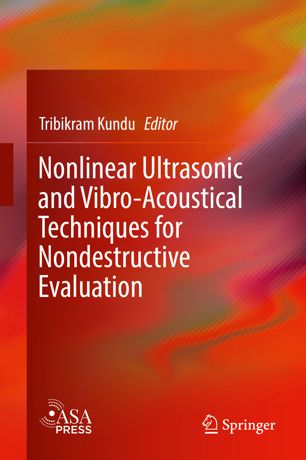

Most ebook files are in PDF format, so you can easily read them using various software such as Foxit Reader or directly on the Google Chrome browser.
Some ebook files are released by publishers in other formats such as .awz, .mobi, .epub, .fb2, etc. You may need to install specific software to read these formats on mobile/PC, such as Calibre.
Please read the tutorial at this link: https://ebookbell.com/faq
We offer FREE conversion to the popular formats you request; however, this may take some time. Therefore, right after payment, please email us, and we will try to provide the service as quickly as possible.
For some exceptional file formats or broken links (if any), please refrain from opening any disputes. Instead, email us first, and we will try to assist within a maximum of 6 hours.
EbookBell Team

0.0
0 reviewsThis multi-contributed volume provides a practical, applications-focused introduction to nonlinear acoustical techniques for nondestructive evaluation. Compared to linear techniques, nonlinear acoustical/ultrasonic techniques are much more sensitive to micro-cracks and other types of small distributed damages. Most materials and structures exhibit nonlinear behavior due to the formation of dislocation and micro-cracks from fatigue or other types of repetitive loadings well before detectable macro-cracks are formed. Nondestructive evaluation (NDE) tools that have been developed based on nonlinear acoustical techniques are capable of providing early warnings about the possibility of structural failure before detectable macro-cracks are formed. This book presents the full range of nonlinear acoustical techniques used today for NDE. The expert chapters cover both theoretical and experimental aspects, but always with an eye towards applications. Unlike other titles currently available, which treat nonlinearity as a physics problem and focus on different analytical derivations, the present volume emphasizes NDE applications over detailed analytical derivations. The introductory chapter presents the fundamentals in a manner accessible to anyone with an undergraduate degree in Engineering or Physics and equips the reader with all of the necessary background to understand the remaining chapters. This self-contained volume will be a valuable reference to graduate students through practising researchers in Engineering, Materials Science, and Physics.